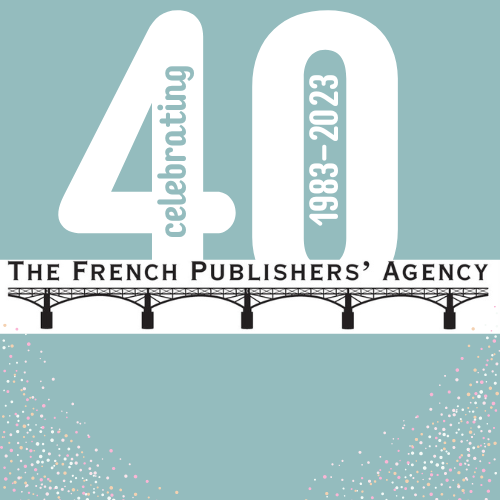THE FLAVORS AND COLORS OF THE WORLD: A Natural History of Tannins from Ecology to Health
Marc-André Selosse
Arnaud Rafaelian, Illustrator
(Actes Sud, 358 pages, 2019)
***WINNER OF THE 2020 Prix Mange, Livre!***
In this brilliant and original natural history, the biologist Marc-André Selosse shares his personal journey of discovery into the world of tannins. From the rust colors of fall to the antioxidant benefits of berries, from leather tanning to the pleasure of wine and much more, these ubiquitous molecules play an often neglected yet influential role in the lives of humans, plants, and animals. In order to celebrate their wondrous and numerous functions, Selosse takes us around the world, from Brazil and the Canary Islands to the colorful autumnal landscapes of Japan and Canada, as well as across time, from the emergence of plant life in the Carboniferous period to today, when humans continue to make use of tannins’ unique properties in myriad ways.
As a seasoned science educator, Selosse knows how to pique our curiosity by pointing out what we can observe through our senses—the bitterness of endive, the scent of roses, or the deep blue of cornflowers. His exposition on the chemical properties of tannins opens into a broader discussion of the intimate life of plants and soil ecology: tannins help defend plants against aggressors, such as the protected South African kudus antelopes that died in reserves by over-feasting on acacia trees. Tannins are essential to the scents, colors, and tastes of fruits and flowers and used in a vital and unexpected way by pollen, wood, and bark. Finally, Selosse turns to the fruitful relationship between tannins and humans. Diverse cultures across the world have exploited tannins for their multifunctionality: to dye textiles, spice food, heal ailments, and brew beverages from red wine to India Pale Ale.
Selosse’s explicit aim is to renew our vision of the natural world. His rigorous scientific approach makes us appreciate tannins’ mediating role in the functioning of living organisms in the most captivating, and accessible, of ways. Certainly readers will not see their surroundings in the same manner after discovering how much our daily lives owe to a universe of tiny actors, perceptible though our senses yet often unknown to us. Detailed and playful, The Flavors and Colors of the World encourages us to make use of our senses to deepen our understanding of the natural world.
Marc-André Selosse is a biologist specializing in botany and mycology. He has published numerous articles as well as Jamais seul : ces microbes qui construisent les plantes, les animaux et les civilisations (Actes Sud, 2019) and La Symbiose : structures et fonctions, rôle écologique et évolutif (Vuibert, 2000). His more recent essays have appeared in L’identité. Dictionnaire encyclopédique (Gallimard, 2020), Les pommes de l’apocalypse (Éditions du Rocher, 2020), La cause végane (Buchet/Chastel 2019), and Le Goût retrouvé du vin de Bordeaux (Actes Sud, 2018). He is a regular contributor to journals such as Pour La Science, La Recherche, or Science & Vie, and he produces pedagogical material for The Muséum National d’Histoire Naturelle in Paris.
Arnaud Rafaelian is an artist who lives in Paris. He recently illustrated The Science of Middle-Earth: A New Understanding of Tolkien and His World (Pegasus, 2021).

